TEST SITE FOR ART & HOSPITALITY EXPERIENCES
Bon Voyage! Travelling in Contemporary Art
18.12.2020

Bon Voyage! Have a good trip! Even in this special year! How this can be done is shown to us by the exhibition Bon Voyage! Travelling in Contemporary Art. Traveling means setting out, taking new paths, changing perspectives. That this is also possible in these times is impressively proven to us by the participating artists of the exhibition.
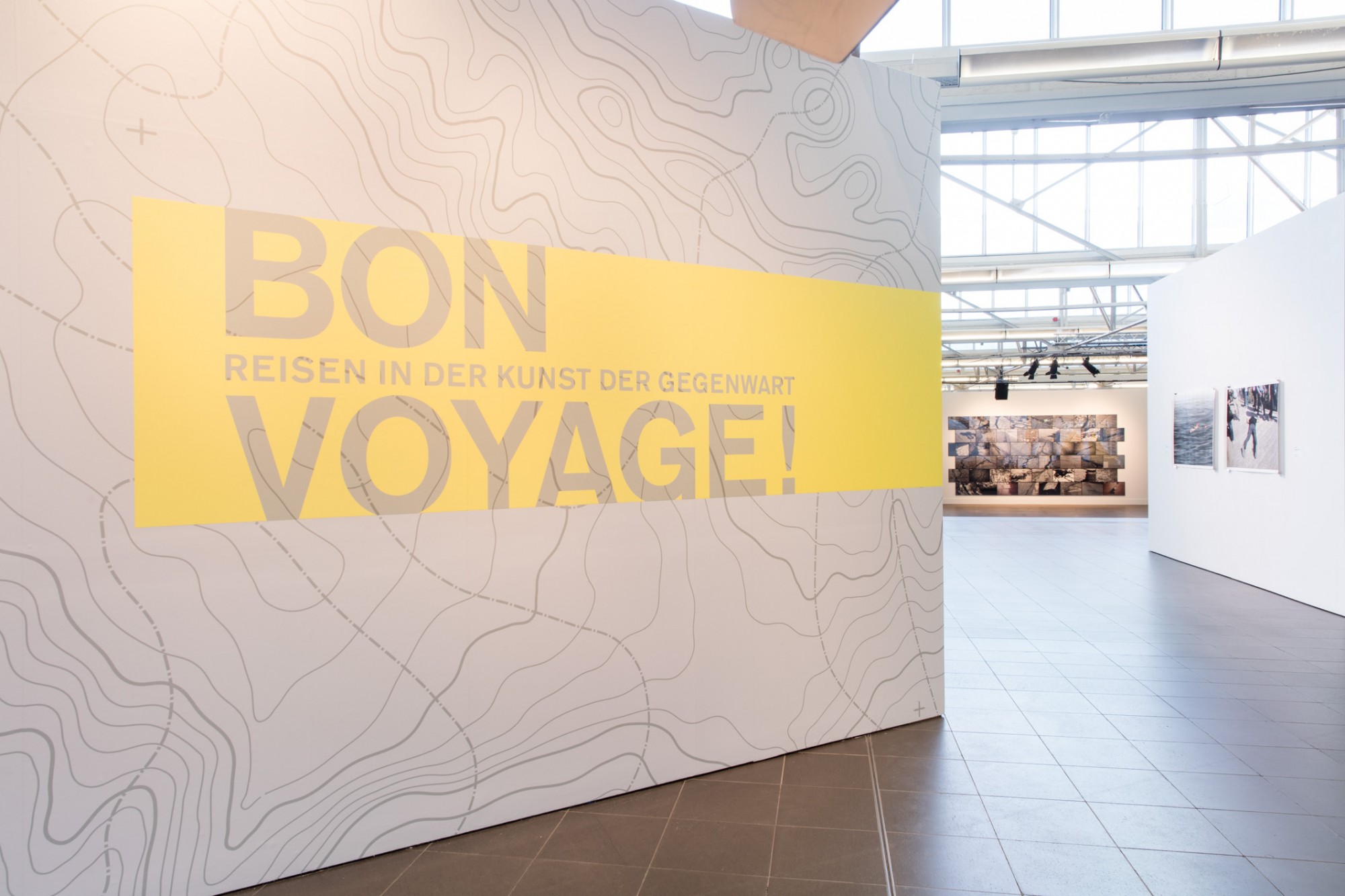
On their voyage of discovery, they seek the wide open, search for artistic impulses in the face of foreign environments and new sensory impressions. They usually travel off the beaten tourist path, questioning their own points of view. For example, photographer Mareike Foecking reports on her stay of several months in Silicon Valley, compares her imagination with reality, and documents her findings and experiences in pictures and text. Anne Pöhlmann, at home in several places around the world, shows with her work 2020 what she saw during the first lockdown in her immediate surroundings in Düsseldorf. Printed on recycled polyester, the works hanging from the wall are reminiscent of protective covers. Nature and architecture as protection against the virus? Perhaps. With In der Mitte Mee(h)r, Cécile Hummel takes us to the countries around the Mediterranean, making us question our pictorial memory. How much is familiar to us? And how much seems familiar to us because we associate the images with something familiar?
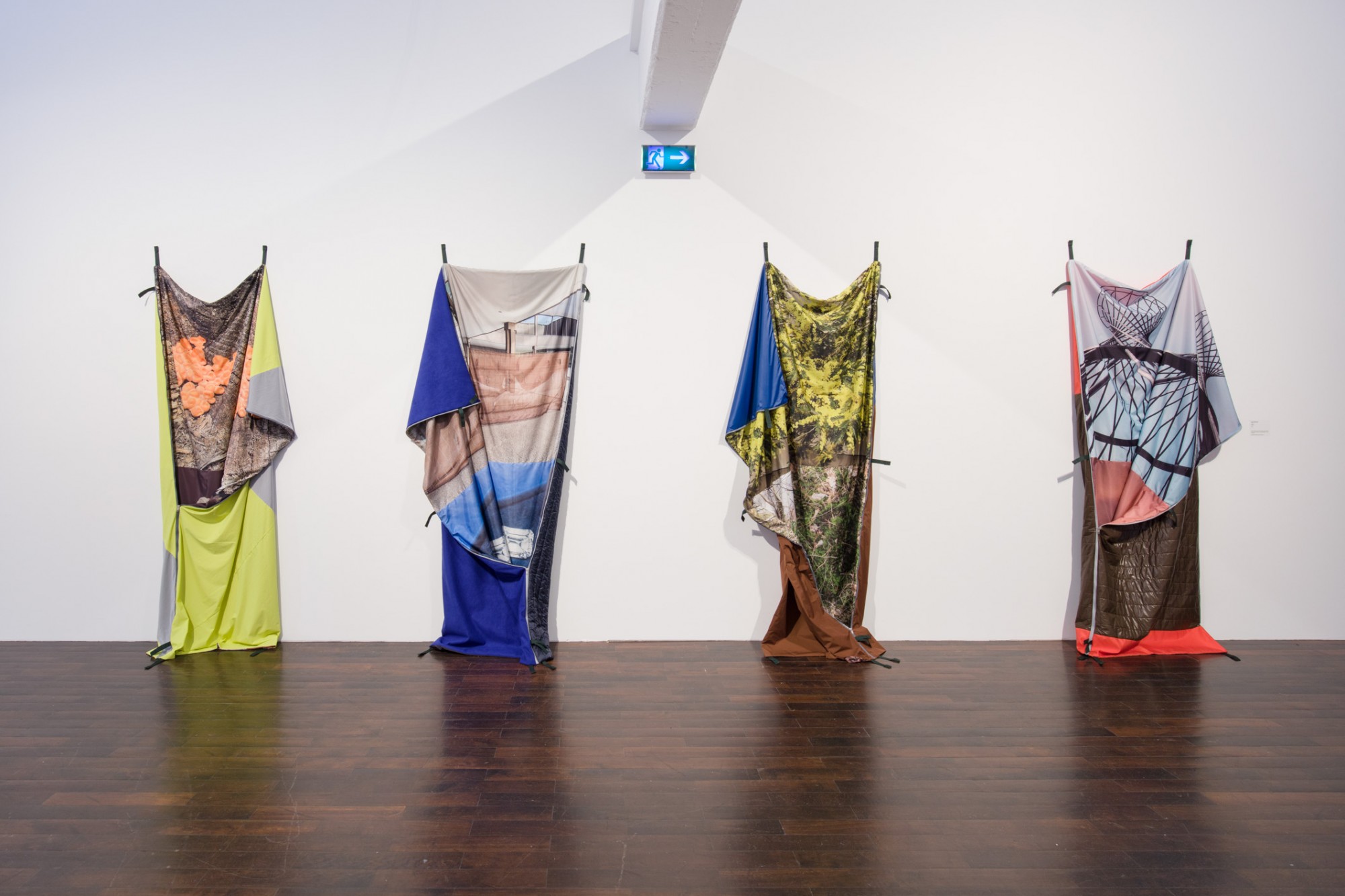

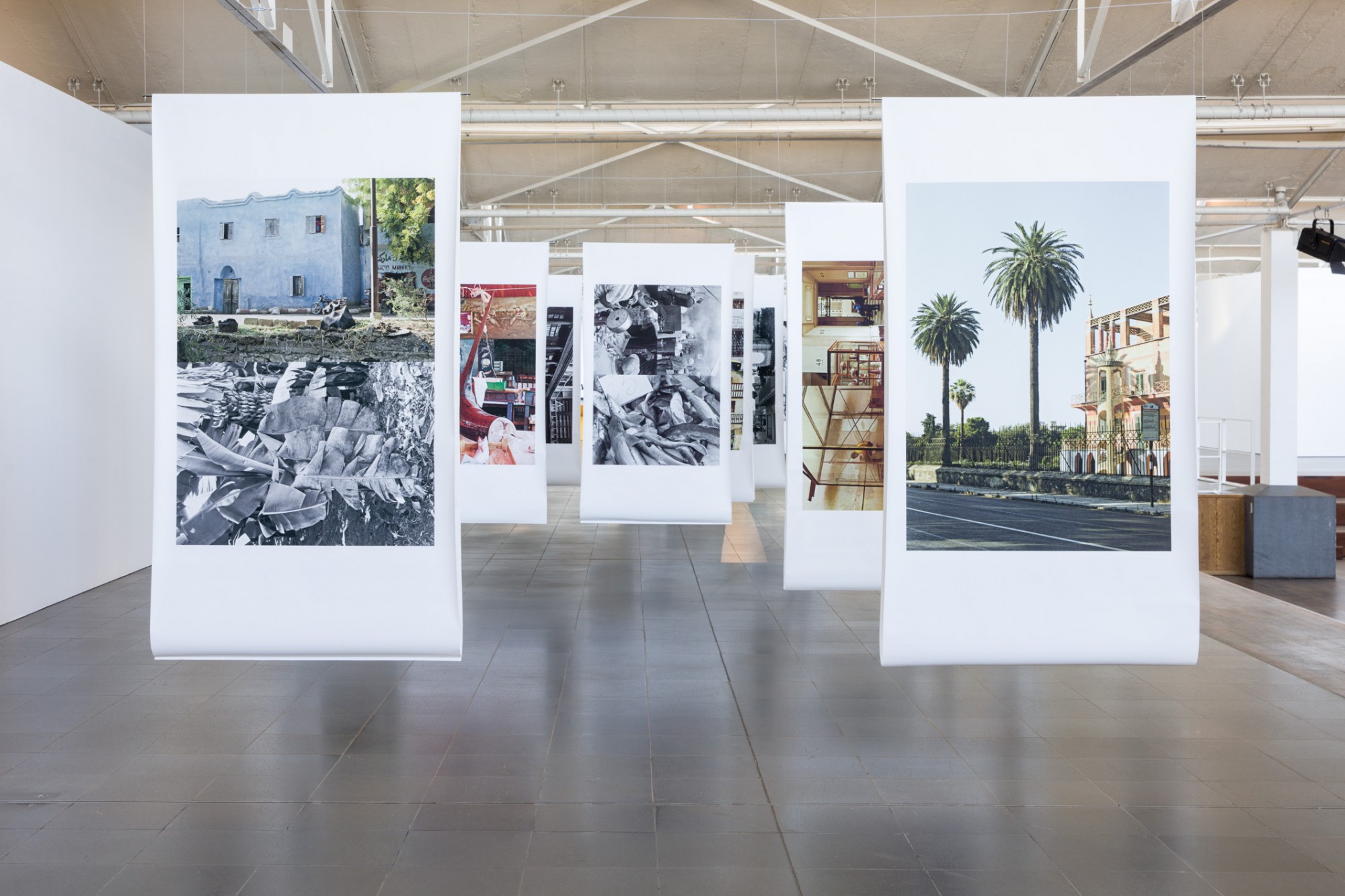
Traveling creates new experiences, new perspectives - without question. However, we do not necessarily have to leave our immediate surroundings to do so. Not every journey challenges us physically. Travel in the mind knows no boundaries, no distance and no obstacles. In the face of an uncertain travel future, imaginary places, fictional landscapes, and constructed worlds offer a restful alternative. Thus, we find in Philipp Goldbach a suggestion of how to occupy ourselves during the lockdown: Only a few millimeters in size, the artist transcribes historical travelogues in original language and thus embarks on a mental journey with the great explorers of the 19th and 20th centuries. Jon Rafman doesn't leave his desk to travel either. With Nine Eyes of Google Street View, he nevertheless explores the entire world. Always on the lookout for curious, funny or even disturbing photographs taken by Google Street View vehicles. In her installation, Talisa Lallai serves our desire for exoticism, questions collective pictorial memory, and mentally sends us far away through a parrot, exotic plants, a postcard, and a storm lantern alone.
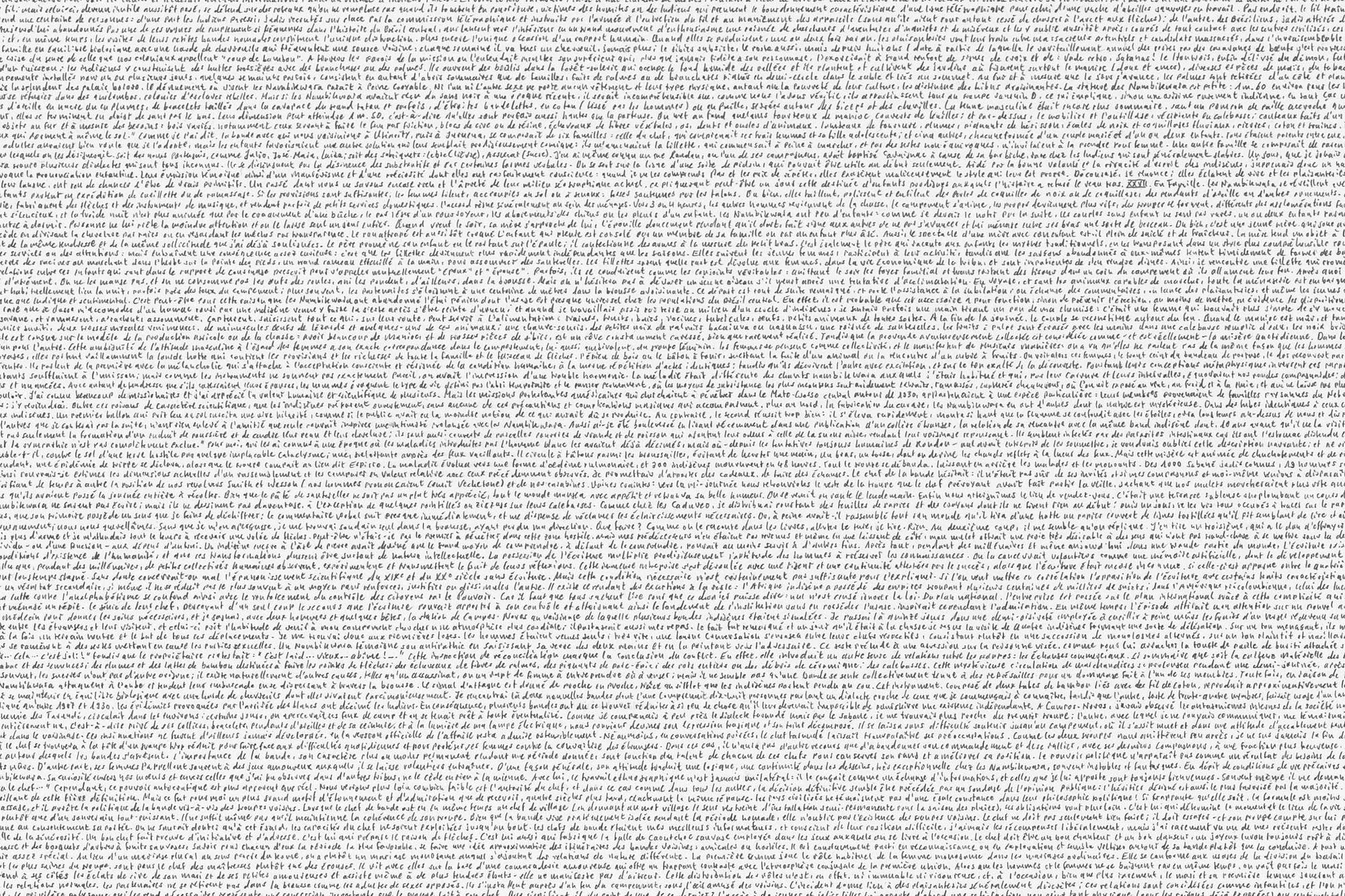
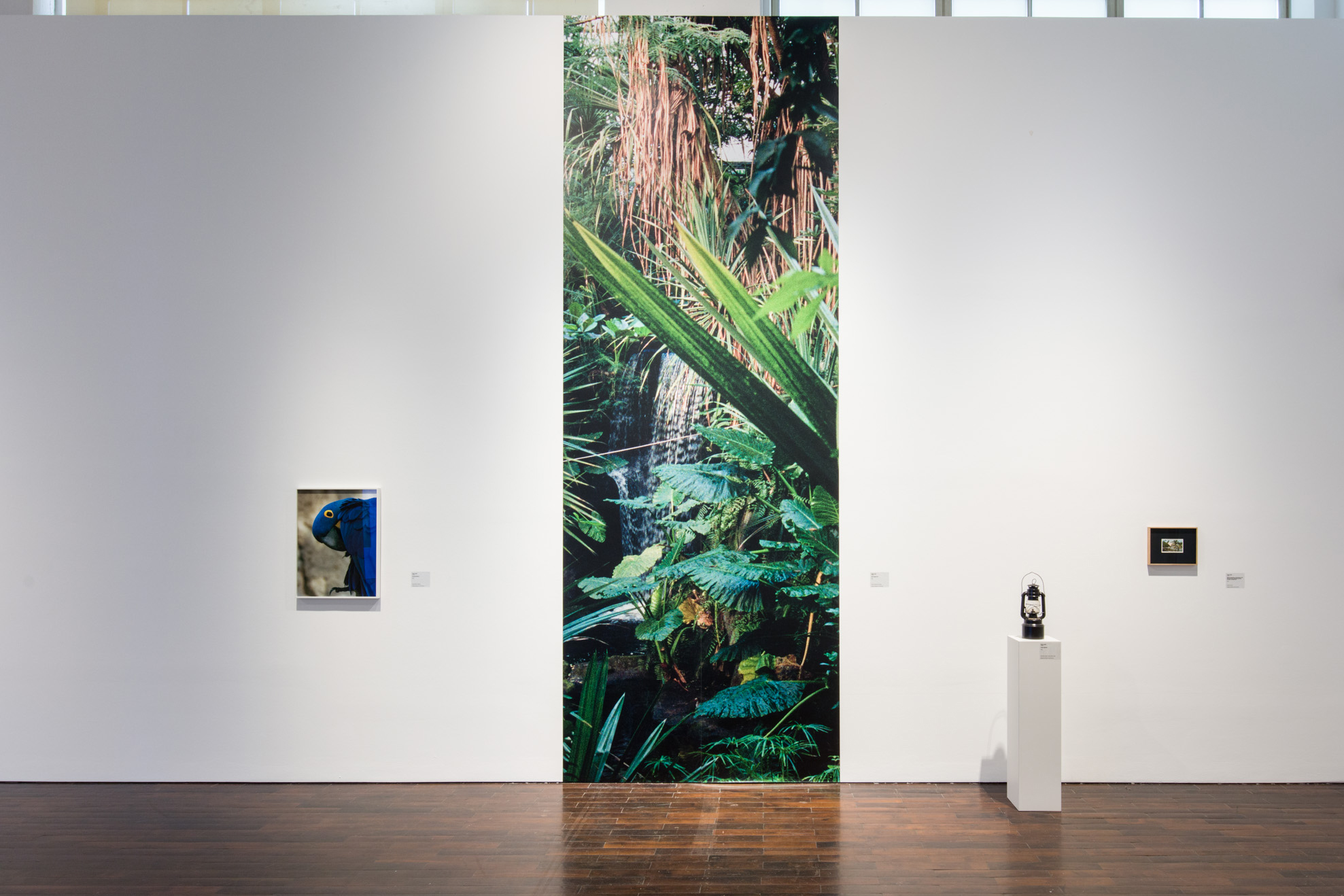
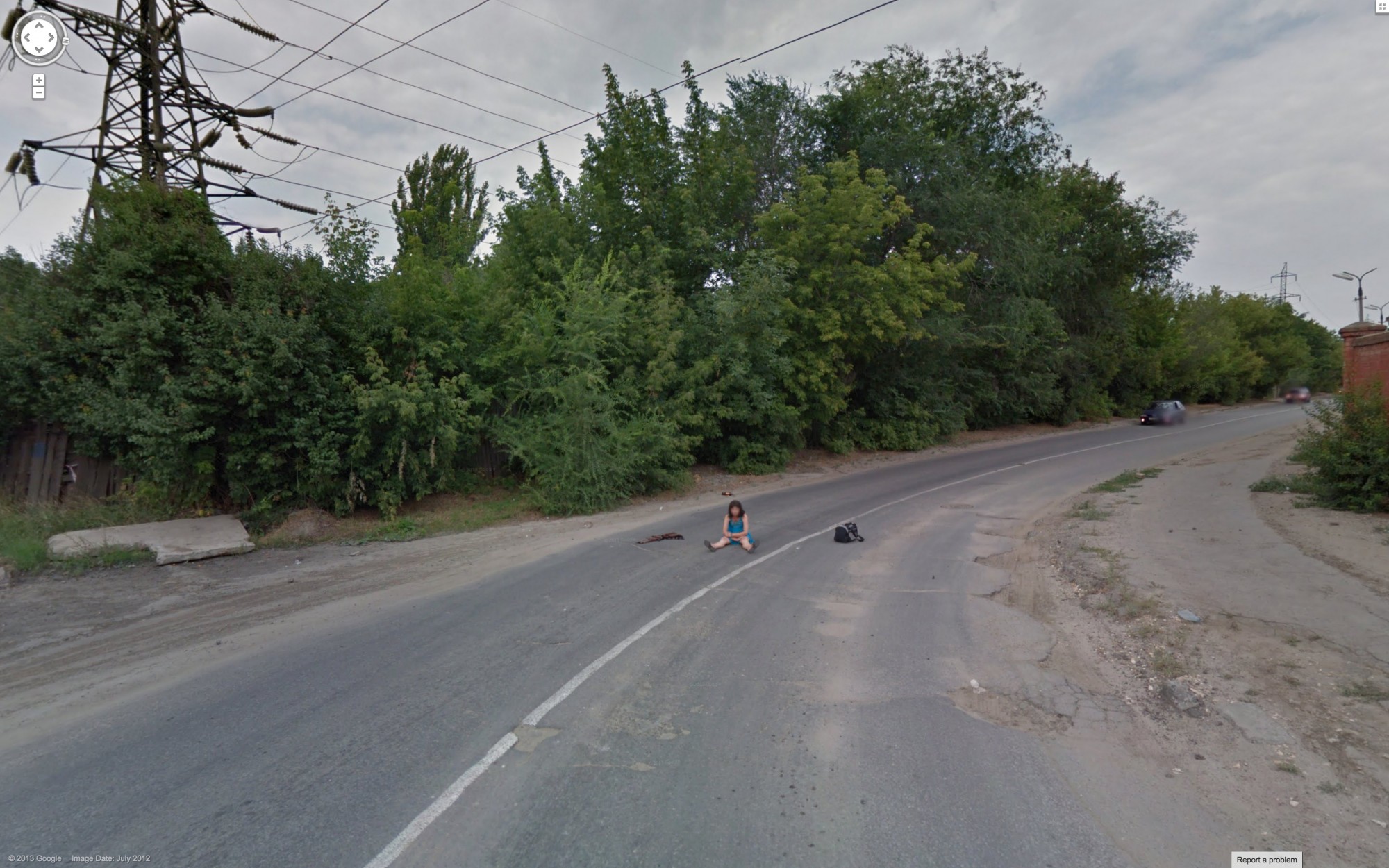
The artistic positions in our third stopover show that art is not limited to reacting to political and social grievances only from a distance. With a high level of personal commitment, the artists travel directly to the crisis areas. They document, admonish and remember. Dani Ploeger places a loudspeaker wrapped in barbed wire at the Hungarian-Serbian border, thus reminding us that there are also economic calculations behind the erection of border fences. A global player in this industry is the company ESF, whose corporate values are reflected in the loudspeaker: Customer satisfaction, best quality and loyalty to people. Barbed wire is a top seller in their online store. Francis Alÿs shows us the absurdity of border restrictions, as his journey from Tijuana to San Diego does not take a direct route across the border, but takes a detour once around the world.


Artists are increasingly engaged with the intersections between science and society. Personal curiosity, their own investigations, scientific findings, and an exchange with other disciplines generate a pool of knowledge from which artists draw their inspiration. Nicole Schuck, for example, researches native wildlife and their altered habitat, drawing her findings in pencil filigree. Janet Bellotto embarks in Expedition to Paradise Adrift to Sable Island, both a nautical challenge and wildlife paradise.
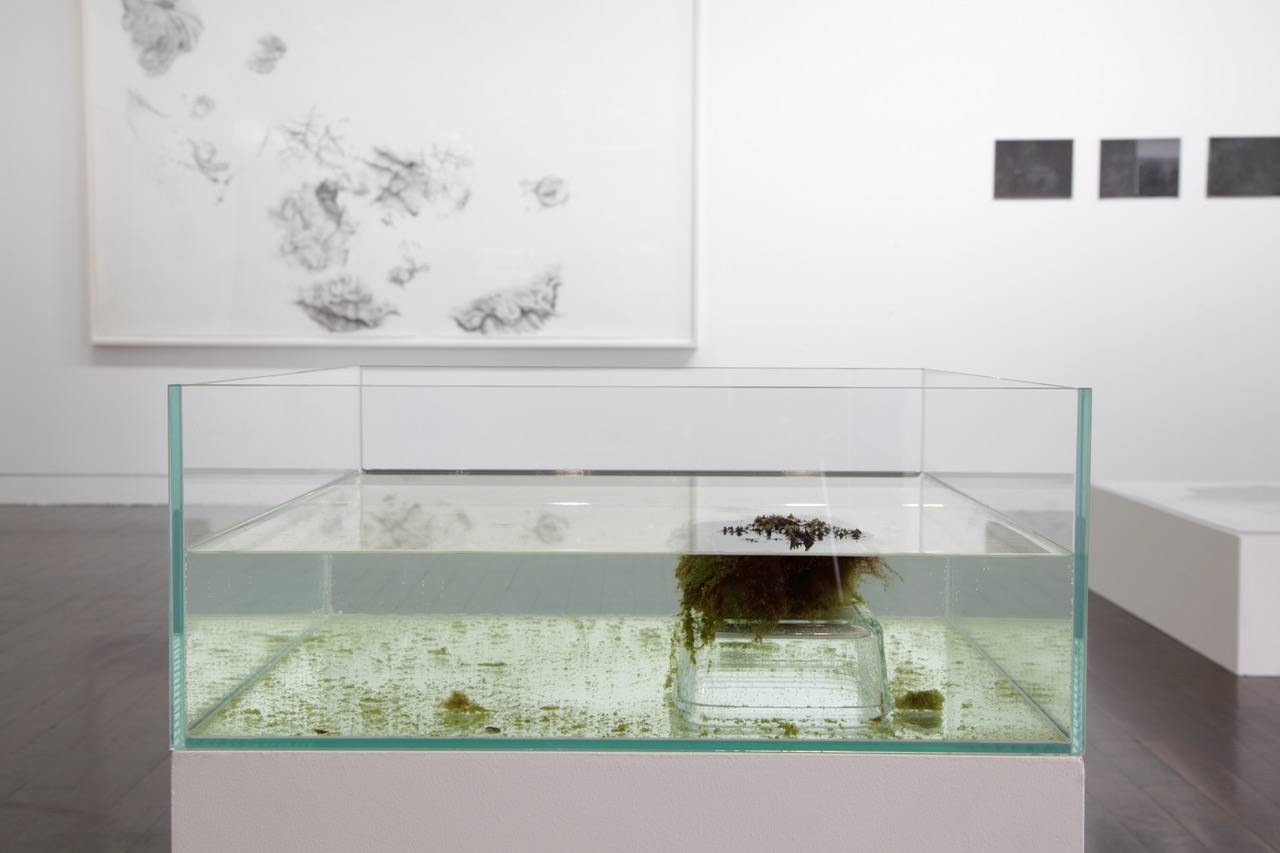

Each of us will eventually embark on the last of all journeys at some point. Whether fate or medical diagnosis which leads us to reflect on the end of our own life, that applies to artistic examination as well. Usually it arises from the wish to direct one’s own life for as long as possible. And through the act of elevating one’s own death to an artwork, the desire for permanence and immortality can be met to a certain extent. The artist Timm Ulrichs had THE END tattooed on his right eyelid in the early 1980s and when he closes his eyes forever, it will be like at the end of a movie.
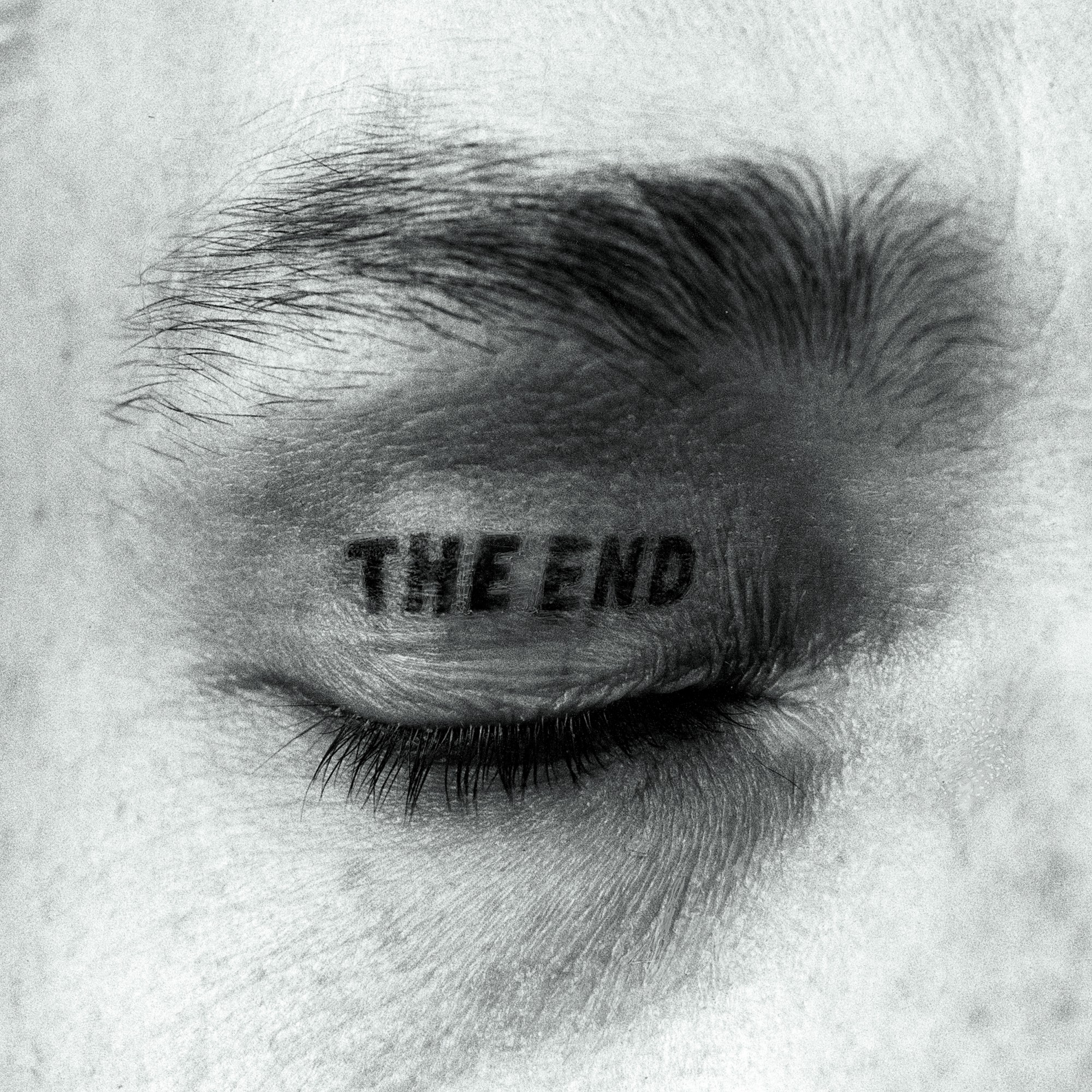
If we think travel is impossible at the moment, the exhibition Bon Voyage! Travelling in Contemporary Art shows that we all travel permanently. In our immediate surroundings, in our heads or virtually. And there is a lot to discover there, too: The exhibition is accompanied by an art travel blog that offers a further travel experience with background information on the exhibited works, personal experiences of the artists, a children's podcast, guest contributions and much more. Bon Voyage!
Text: Alexandra Kolossa (Exhibition Curator) and Marie Gentges (Curatorial Assistant)
Bon Voyage! Travel in Contemporary Art
13.11.2020 – 11.04.2021
Ludwig Forum für Internationale Kunst Aachen
with Marina Abramović & Ulay, Francis Alÿs, Shūsaku Arakawa, Kader Attia, Lothar Baumgarten, Janet Bellotto, Joseph Beuys, Christoph Brech, Stanley Brouwn, Peter Brüning, Michael Buthe, Julian Charrière, Kate Crawford & Vladan Joler, Ivan S. Čujkov, Walter Dahn, Hélène Delprat, Simon Faithfull, Mareike Foecking, Jerry Frantz, Gerard Garouste, Philipp Goldbach, Nancy Graves, Manaf Halbouni, Michael Heizer, Jochem Hendricks, Klara Hobza, Stephan Huber, Jean-Olivier Hucleux, Cécile Hummel, Matthew Day Jackson, Sven Johne, Dagmar Keller & Martin Wittwer, Fabian Knecht, Svetlana Kopystiansky, Till Krause, Norbert Kottmann, Alicja Kwade, Talisa Lallai, Via Lewandoswky, Richard Long, Hiroyuki Masuyama, Duane Michals, Christoph Mueller, Roman Ondak, A. R. Penck, Michail Pirgelis, Dani Ploeger, Anne Pöhlmann, Jon Rafman, Michael Snow, Nicole Schuck, Stefan Sous, Vera Sous, Katrin Ströbel & Mohammed Laouli, Timm Ulrichs, Wolfgang von Contzen, Christoph Westermeier, Francesca Woodman.

